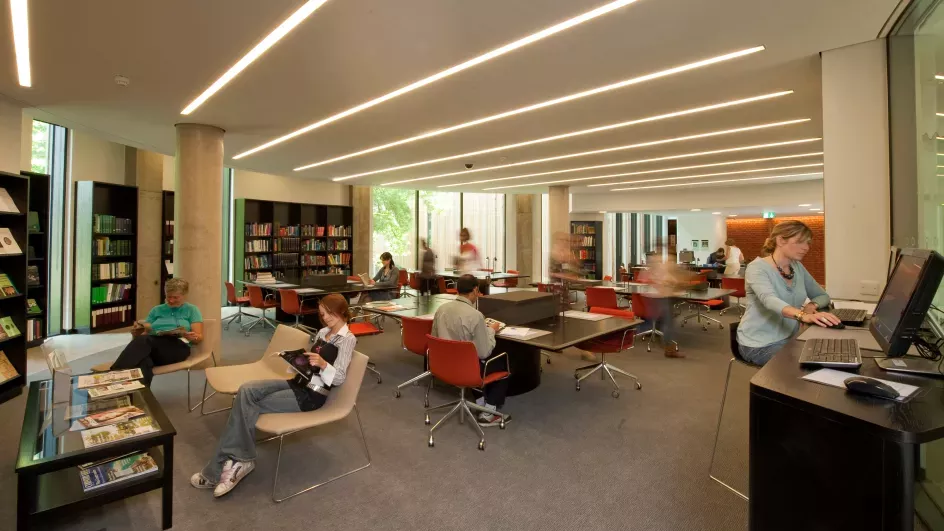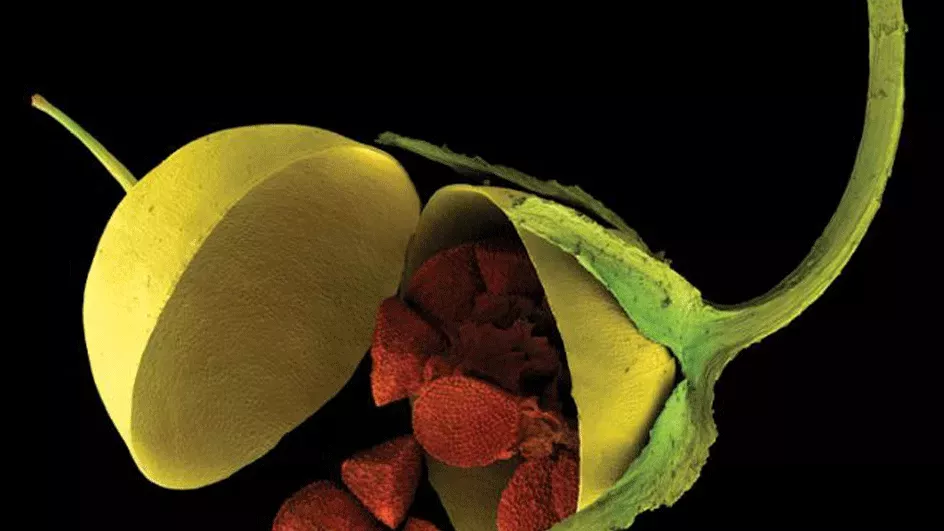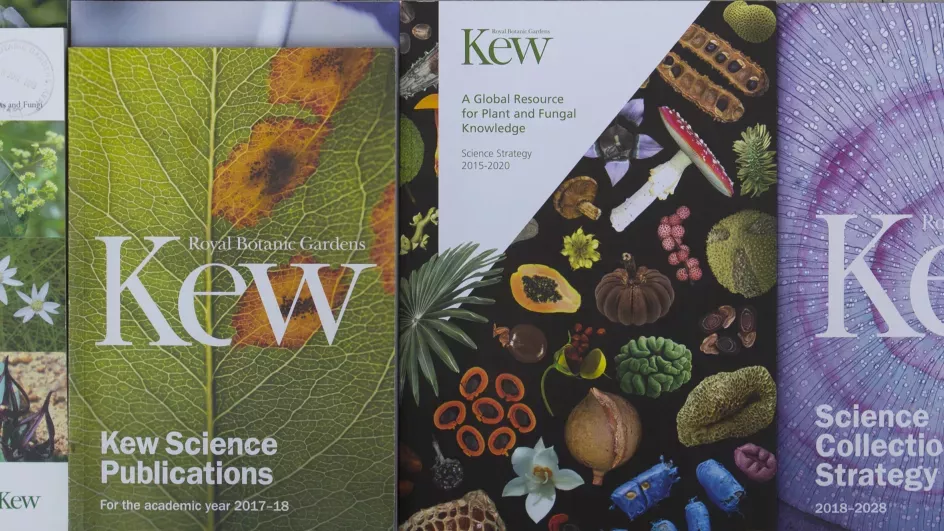Accessing our science
Find out how to visit our library and our world-renowned collections or use our data resources.

We want to make it easier for more people to access our collections.
This applies whether you are a scientific researcher in UK, or elsewhere, wanting to use our significant global resources, or a member of the public curious to find out more about the wonders of plants and fungi.
Here is how to access the main science resources of Kew. We are digitising more of our collections and also highlighting their importance in our galleries and other public spaces.
-

Library and Archives
The public and researchers can visit the Reading Room to use reference books and journals. There is normally no admittance to the actual library collections but it is possible to view specific items, such as books, illustrations or archive material, if you make an appointment.
-

Our Collections
The Herbarium, Fungarium, Seed Collection and Economic Botany Collection are the collections that have the greatest number of scientific visits and loans per year. Here’s how to access them online, arrange a visit, request a loan or send in specimens or donated material.
-

Kew's Databases
Here you can explore the many databases and resources we have for plant and fungal information. There are digital versions of our collections catalogues and specific databases that store information on traits, data or names of plants or fungi.
-

Kew Science Publications
Keep you up-to-date on our current research. There are annual lists of publications by Kew Scientists and our State of the World’s Plants and Fungi reports. Curtis’s Botanical Magazine, Kew Bulletin and various specialist newsletters.
-

Visiting Kew
Whether you are visiting the gardens for leisure, to attend an event, to meet or work with Kew staff or use the research facilities, here's all the information you need to plan your visit.